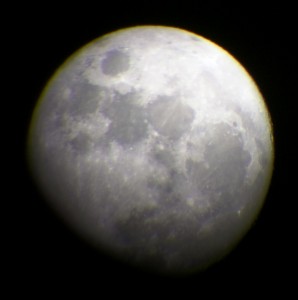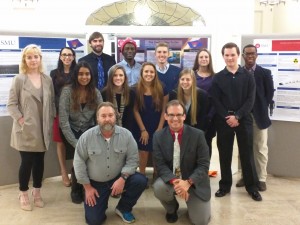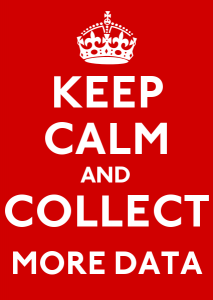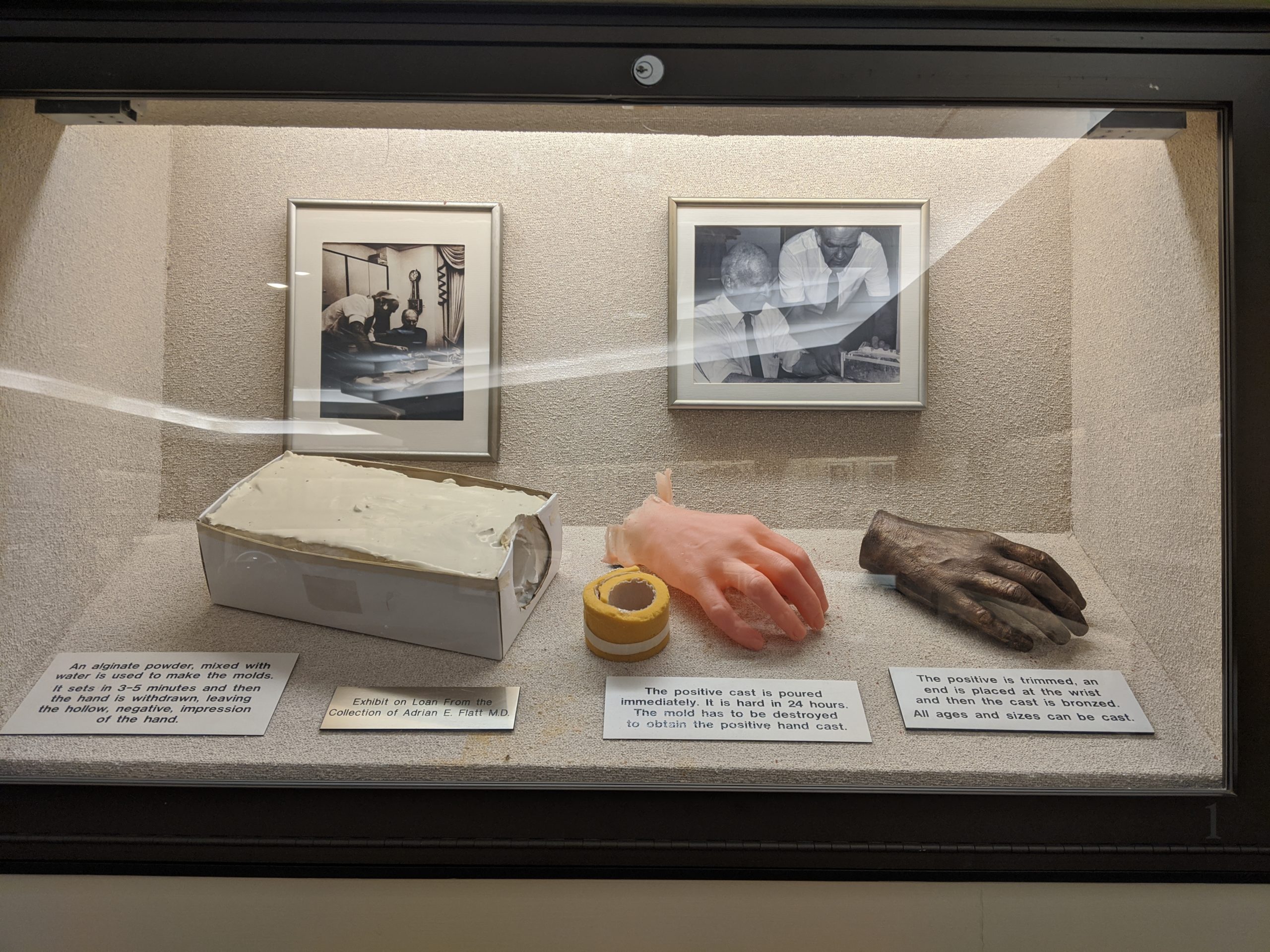
In many ways, this was a remarkable semester. I thought it would be nice to reflect on the last few weeks of it before I settle in for a long winter’s nap… or, at least, a long Christmas nap. The end of this semester saw the wrap of the Honors Physics Section, which I have just finished teaching for the first time, as well as the end of my introductory course on electricity and magnetism. For the second time, I used “grand challenge problems” to try to engage students in open-ended, inquiry driven exercises that force the students to apply new information in novel ways. In addition, the end of this semester saw the very curious ATLAS and CMS “end-of-year events,” which I’ll comment further on below. Finally, the close of the term means also a brief period of relaxation and reflection, and especially time with family.
Honors Physics Poster Night

The Honors Physics students, 11 of them in total, engaged in weekly physics activities but also in a semester-long, team-based “Grand Challenge” exercise. I’ve mentioned these before. Students are given and open-ended, non-textbook physics problem that allows for creativity but also the chance to work outside the bounds of comfort while utilizing physics information they are learning in their accompanying courses. For this semester, my co-instructors (Prof. Rick Guarino and Teaching Assistant Eric Godat) gave the students the following problem: “All of the protons in your body suddenly disappear. Describe three things that happen next.” Students explored everything from the effect of the sudden loss of mass to the possibility that the energy density of the resulting electric field (from all the remaining electrons) might be sufficient to initiate a black hole (c.f. http://what-if.xkcd.com/140/). The last meeting of the section during the last full week of classes was a night when the student teams could present their ideas using posters of their own creation.
We just got the student evaluations back on the course. 100% of the students report that this section increased their interest in physics. What more can you ask for?
The Other Grand Challenge
My electricity and magnetism students also had a Grand Challenge problem of their own, exploring what might happen to an electrical worker if, while working on a 480V panel, they accidentally created a short circuit (whether between themselves and the panel, or in the panel, I left to the imagination of the students). There were 6 teams this semester, each turning in a minimum 10-page research paper describing their scenarios and calculations to assess each one. What I like about these Grand Challenge problems is that students go off and research a lot of things that I wouldn’t think about; this gives me new ideas for physics applications to the life sciences. For instance, I learned from one team that pacemakers contain Zener Diodes that help prevent current from running back into the pacemaker from an external source – say, if the owner of the pacemaker accidentally gets electrocuted. This would be a great way to bring semiconductors into the discussion in a pre-med course like mine.
This semester, I started the term with about 26 students and ended the term with 23. Next semester, I have already hit the cap for enrollment in my course… twice! The first time was the artificial cap – 55 students. But the room can hold 57, so my department administrator opened up the last two seats . . . and they got filled. So I will start the spring term with 57 students in my introductory electricity and magnetism course for life science students. This is a personal record for me and the first time that I can remember since I got to SMU that this course filled up to capacity in ANY semester. This will make my flipped-classroom and grand challenge problem work even more important, as the traditional “chalk talk” style of lecture is ill-suited to engage 57 students for 80 minutes, twice a week.
The ATLAS and CMS “End-of-Year Event”

The ATLAS and CMS experiments gave twin, back-to-back seminars on December 15. Each experiment showed off a spectrum of results using as much as possible of the 13 TeV LHC collision data taken this calendar year. We won’t have more data until March of 2016, and that data won’t be ready for public presentation until at least the summer of 2016. Thus, this “end-of-year event” (EOYE) kicks off the season of showing results from the data that we have until next summer.
The most interesting news… though it’s hardly definitive… was that both CMS and ATLAS see a small excess of events in the search for a new particle (specifically, an integer-spin particle, or a “boson”) decaying into a pair of gamma rays (photons). Indeed, CMS and ATLAS observe their little excesses at pretty much the same invariant mass – about 750 GeV, or 750 times the proton mass. There is no such particle expected in the Standard Model, so if this is real then it will be the breakthrough discovery of a new century. Or it could be nothing. We’ll only really know if we collect more data, or find this thing in another decay channel, or refine our background studies with what data we have now. Either way, summer 2016 will be interesting. Until then… keep calm and collect more data.
A Full Moon on Christmas Eve
The photo at the top of this post was taken on Dec. 23. Christmas Eve will have a total full moon, but weather is expected to be bad for viewing tomorrow so Jodi and I went out with the telescope tonight and did some viewing a night early. Despite some wispy clouds, we had great views of the moon and I even managed some photos.
Merry Christmas!



